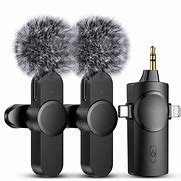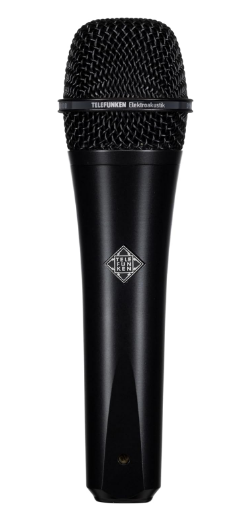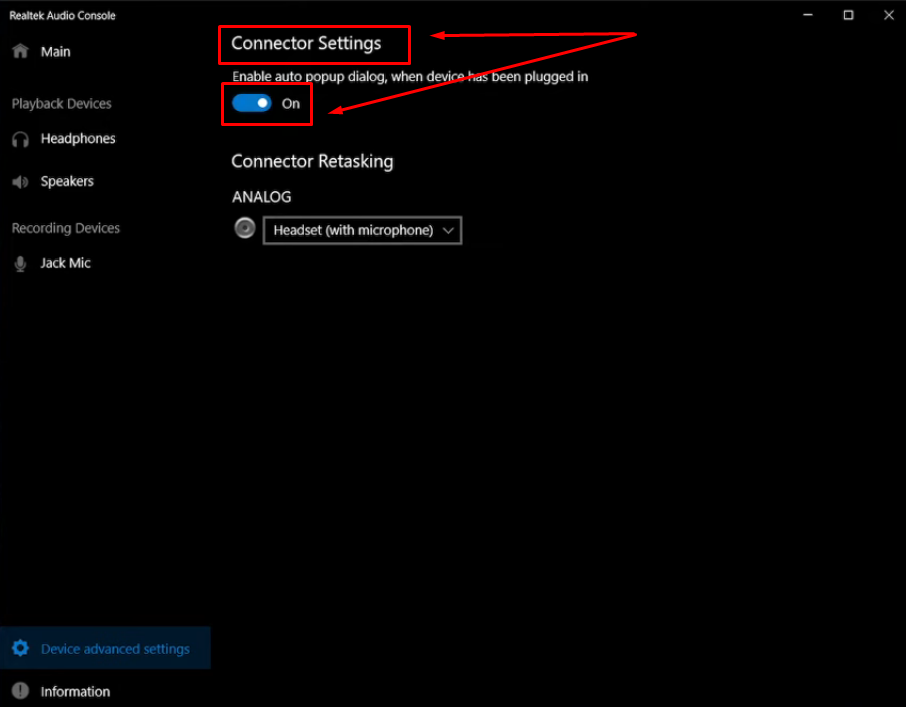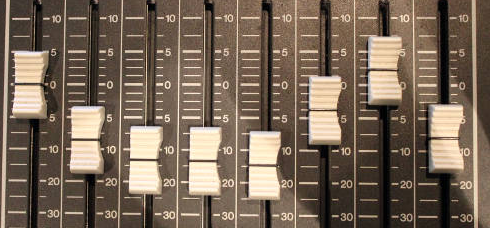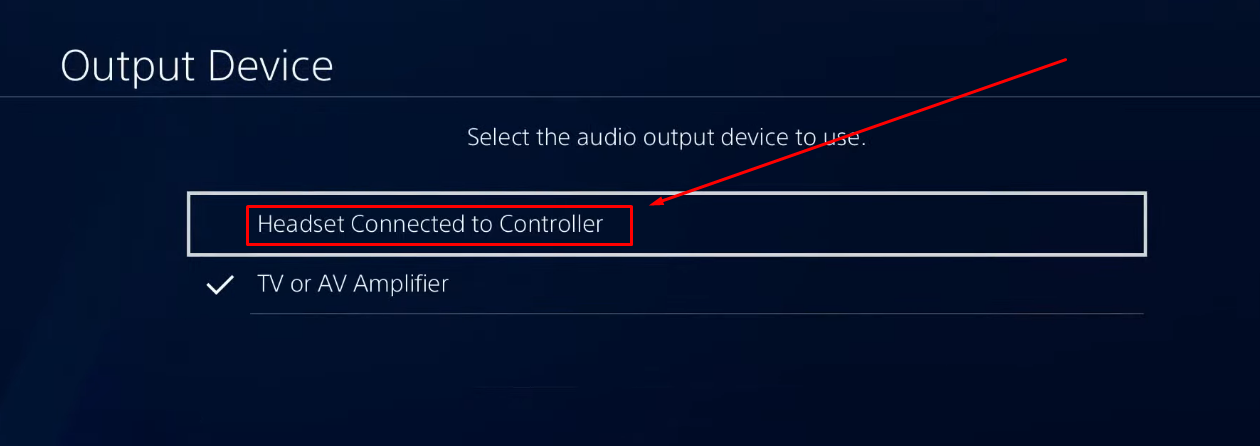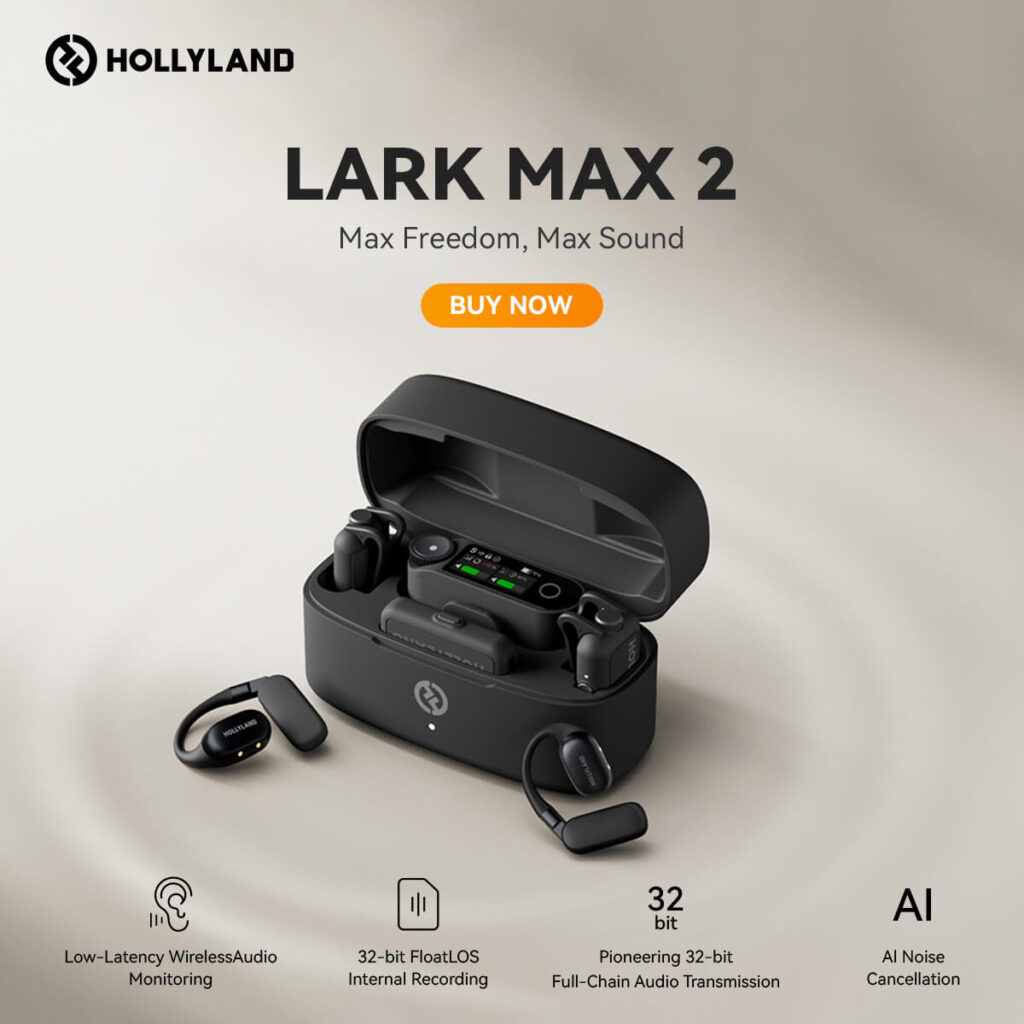Have you ever wondered how a microphone works? There are several types of microphones, but one of the most common and widely used is the condenser microphone. Condenser microphones are known for their excellent sound quality and sensitivity, making them the go-to choice for many recording studios and broadcasters. In this article, we will take a closer look at how a condenser microphone works.

What is a Condenser Microphone?
A condenser microphone is a type of microphone that uses a capacitor (or condenser) to convert sound waves into an electrical signal. It consists of a thin diaphragm, a backplate, and a charged plate. When sound waves hit the diaphragm, it vibrates, and the distance between the diaphragm and backplate changes, causing a change in the capacitance between the plates. This change in capacitance is then converted into an electrical signal, which is amplified and processed.
Types of Condenser Microphones
There are two main types of condenser microphones: large-diaphragm and small-diaphragm.
- Large-Diaphragm Condenser Microphones
Large-diaphragm condenser microphones are so called because they have a diaphragm that is larger than a small-diaphragm condenser microphone. The diaphragm of a large-diaphragm condenser microphone is typically one inch or larger in diameter. The larger diaphragm allows the microphone to capture a wider range of frequencies, especially low frequencies. Large-diaphragm condenser microphones are often used for recording vocals, acoustic guitars, and other instruments.

One of the most popular large-diaphragm condenser microphones is the Neumann U87, which has been used in countless recordings since its introduction in the 1960s. It is known for its warm and natural sound, and is considered a staple of recording studios around the world.
- Small-Diaphragm Condenser Microphones
Small-diaphragm condenser microphones have a diaphragm that is typically less than one inch in diameter. They are often used for recording acoustic instruments such as guitars, pianos, and drums. Small-diaphragm condenser microphones are also commonly used for capturing ambient sounds, such as those found in nature or in live performance spaces.

One of the most popular small-diaphragm condenser microphones is the AKG C451, which was introduced in the 1960s and is still widely used today. It is known for its bright and detailed sound, and is often used for recording acoustic guitars and percussion instruments.
Directionality of Condenser Microphones
Condenser microphones can be made in different directional patterns, which affect the way they pick up sound. The three main directional patterns are:
- Cardioid: A cardioid microphone picks up sound from the front and sides, but rejects sound from the rear. This makes it ideal for recording a single source, such as a vocalist or an instrument, while rejecting unwanted sounds from the rear.
- Omni-Directional: An omnidirectional microphone picks up sound from all directions equally. This makes it ideal for recording ambient sounds or for use in live sound reinforcement.
- Figure-8: A figure-8 microphone picks up sound from the front and back, while rejecting sound from the sides. This makes it ideal for recording duets or for use in stereo recording.
Some condenser microphones have switchable directional patterns, which allows the user to choose the most appropriate pattern for the recording situation.
Uses of Condenser Microphones
Condenser microphones are used in a variety of applications, including music recording, broadcast, and live sound reinforcement. They are particularly well-suited for capturing detailed and nuanced sounds, such as the sound of a singer’s breath or the sound of a piano’s hammers striking the strings.
- In music recording, condenser microphones are often used for recording vocals, acoustic guitars, pianos, and drums. They are also commonly used for capturing ambient sounds, such as those found in nature or in live performance spaces.
- In broadcast, condenser microphones are used for a variety of applications, including news reporting, podcasting, and voice-over work. They are ideal for these applications because of their ability to capture a wide range of frequencies and their ability to reject unwanted sounds.
- In live sound reinforcement, condenser microphones are often used for recording or amplifying acoustic instruments, such as guitars, pianos, and drums. They are also commonly used for capturing ambient sounds, such as those found in live performance spaces.
- Condenser microphones are used in video production, such as film and television. They are often used to capture dialogue, sound effects, and surrounding sounds.
How Do Condenser Microphones Work Practically
A condenser microphone consists of two main components: the diaphragm and the backplate. The diaphragm is a thin membrane made of a conductive material, such as gold or aluminum. The backplate is a metal plate located behind the diaphragm and is also made of a conductive material. The space between the diaphragm and the backplate is filled with a material called the dielectric, which is a non-conductive material such as air or plastic.

When sound waves hit the diaphragm, it vibrates back and forth, and the distance between the diaphragm and the backplate changes. As the distance between the two plates changes, the capacitance between them also changes. Capacitance is the ability of a capacitor to store an electrical charge. The capacitance of a condenser microphone varies with the distance between the diaphragm and the backplate.

The change in capacitance produces a small electrical signal, which is sent to the microphone’s amplifier circuit. The amplifier circuit amplifies the signal and sends it to the output, where it can be recorded or broadcasted.

Condenser microphones need an electrical current to charge the plates in order to produce a signal. Typically, a battery or the microphone cable itself sends the current down. Phantom powering is the name for the latter technique. The majority of condenser microphones can function at phantom power voltages between 11 and 52 Volts.
The diaphragm of a condenser microphone is very thin, typically less than 1 micron thick. It is so thin that it can vibrate at very high frequencies, making it very sensitive to high-frequency sounds. This is why condenser microphones are often used in recording studios, where capturing high-frequency sounds is essential.
Condenser microphones’ diaphragm size is a crucial component. When you consider it, a diaphragm’s size might range from a mere tenth of an inch to roughly one and a half inches.
- Large-diaphragm microphones work well for singers and acoustic guitars and should always be used with a pop shield to help prevent plosive ‘P’ and ‘B’ noises.
- Small-diaphragm microphones are suitable for some drums and acoustic guitars since they are frequently long and thin in design and generally produce a wide and even frequency response when recording.
Advantages of Condenser Microphones
Condenser microphones offer several advantages over other types of microphones, including
- Sensitivity: Condenser microphones are very sensitive to sound and can capture a wide range of frequencies, from low to high. This makes them ideal for recording music and vocals, as well as capturing ambient sounds.
- Low Noise: Condenser microphones have very low self-noise, which means that they pick up very little background noise. This makes them perfect for recording in quiet environments or for capturing sounds that require high clarity.
- High Frequency Response: Condenser microphones have a very flat frequency response, which means that they accurately capture sound across the entire frequency spectrum. This makes them ideal for recording music, vocals, and other high-frequency sounds.
- Directionality: Condenser microphones can be made in different directional patterns, such as cardioid, omni-directional, or bi-directional. This allows the user to choose the right microphone for the job, depending on the type of sound they want to capture.
Disadvantages of Condenser Microphones
- Power Requirements: Condenser microphones require an external power source, typically 48 volts of phantom power. This can be a disadvantage if the user does not have access to a device that provides phantom power.
- Fragile: Condenser microphones are delicate and can be damaged easily if dropped or mishandled. This can be a disadvantage if the user needs a microphone that can withstand rough handling or outdoor use.
- Cost: Condenser microphones are more expensive than dynamic or ribbon microphones, which can be a disadvantage for budget-conscious users.
Conclusion
Condenser microphones are a vital tool in the recording industry and are used in a wide variety of applications. Their sensitivity, low noise, high frequency response, and directionality make them an excellent choice for capturing sound. While they have some disadvantages, such as power requirements and fragility, their benefits outweigh the drawbacks. Whether you are a musician, broadcaster, or filmmaker, a condenser microphone can help you capture sound with exceptional quality and clarity.
Overall, condenser microphones are an essential tool for capturing high-quality audio in a wide range of applications. Whether you’re recording a singer in a studio, capturing ambient sounds in nature, or amplifying a guitar on stage, a condenser microphone is sure to provide a clear and detailed sound that will bring your recordings to life.
Now that you understand how condenser microphones capture clear, detailed audio, you might appreciate the convenience and freedom a wireless lavalier microphone offers. Perfect for interviews, presentations, or video recordings, these compact, wireless options leverage condenser technology to deliver professional sound quality with maximum mobility.
Best Seller
Sale
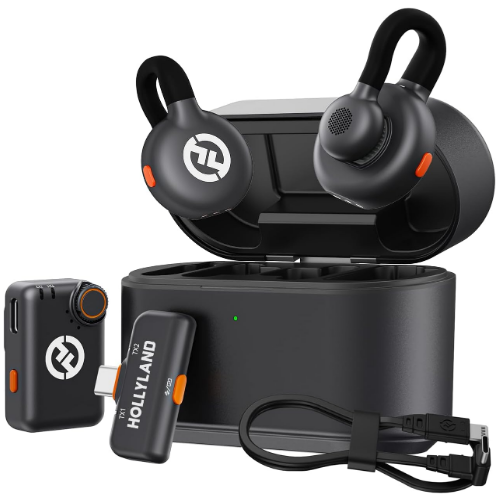
Hollyland LARK M2S – Wireless Clip-on Microphone
- 7g Lightweight, Titanium Clip, Discreet Design
- Clear sound with 24-bit/48kHz, 70dB SNR, 116dB SPL
- Noise Cancellation & 300m Long-Range Stability
- Works with Camera/iPhone/Android/Laptop
- Perfect for Content Creators, Online-Teaching, Streaming
$139
$159






























.png)


